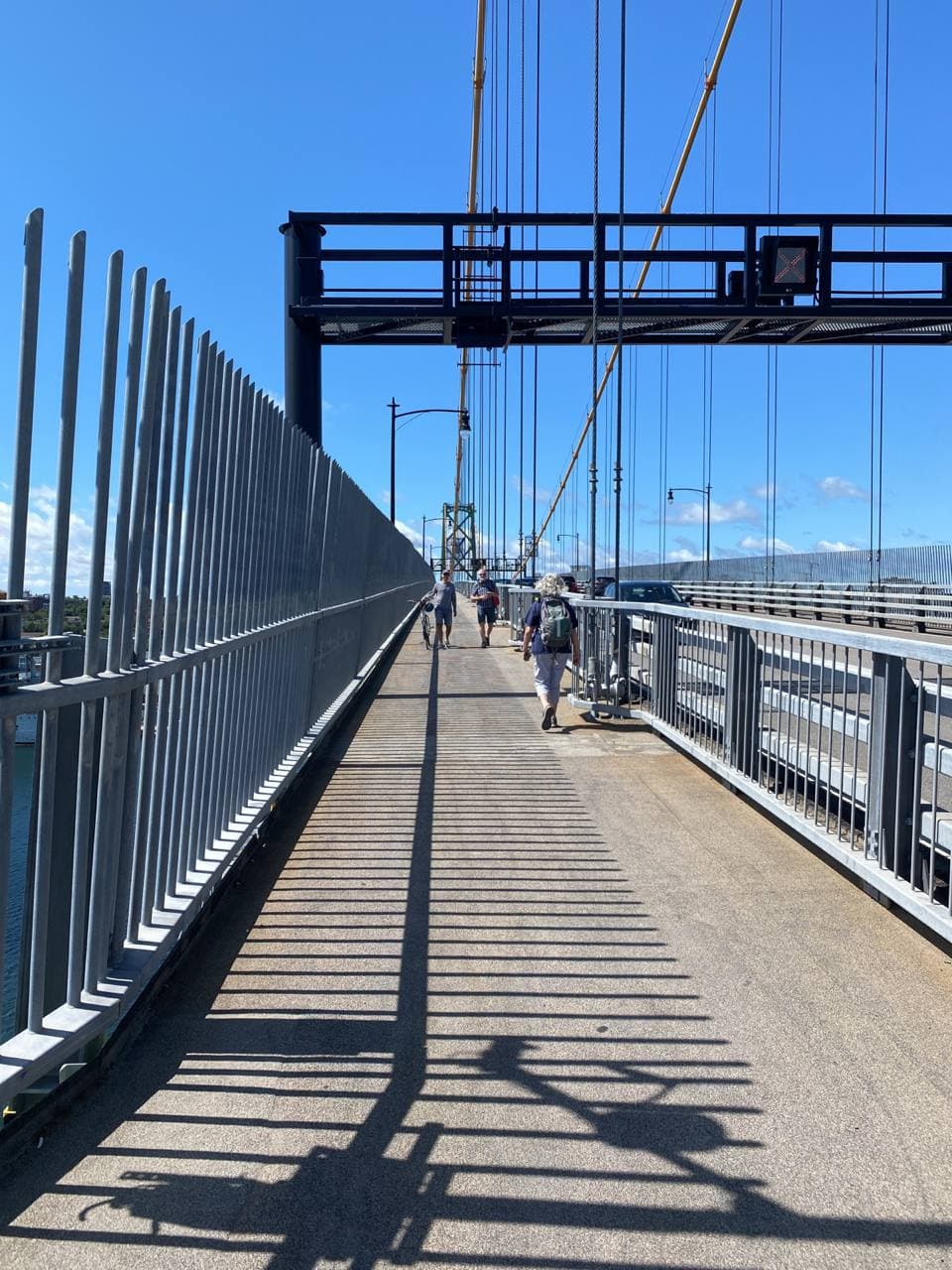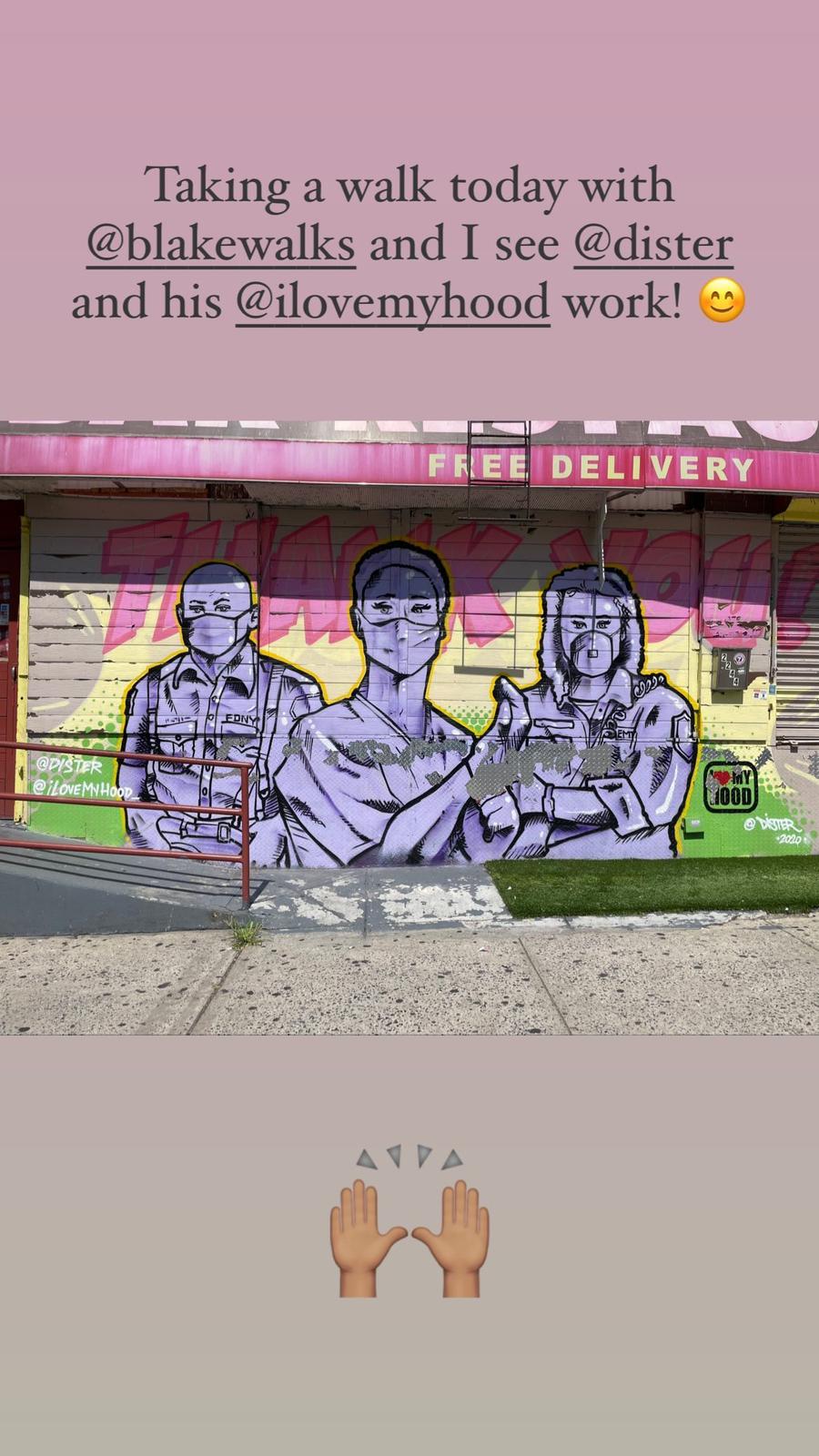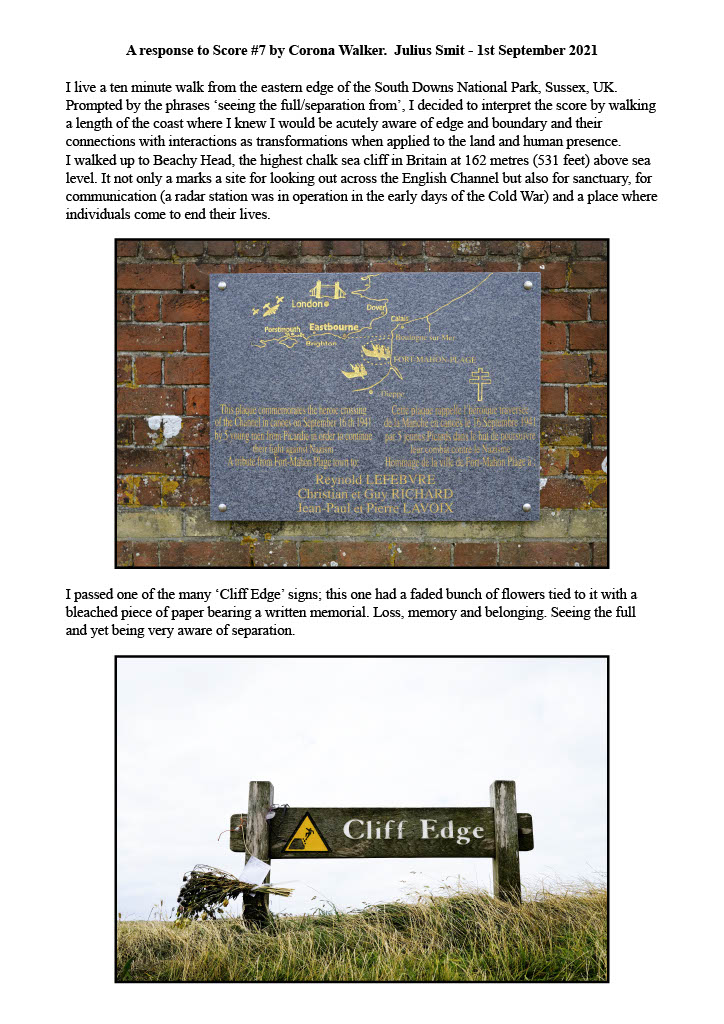![[score base: black background with holes punched out. A woman’s eyes are visible thought the rest of her face is obscured; photo and score: Barbara Lounder (2021) ; score text: seeing the full/separation from/Perambulating/action/walking was cloesly associated with a radical politics/City illusino changed/Edgar Allen Poe/and the ways of/familiar ubiquitious/walking as a mode of affiliation/strayed from the influence/flexibility has/Social Participation/travels/associations, each developed strong/bridge arts/Boundaries Between Art and Life/very soon.]](https://freight.cargo.site/t/original/i/6d160d136117b4e2aa71aded71d92811e2469145589c44898effbb2bdcec8bf3/image0.jpeg)
[score base: black background with holes punched out. A woman’s eyes are visible thought the rest of her face is obscured; photo and score: Barbara Lounder (2021) ; score text: seeing the full/separation from/Perambulating/action/walking was cloesly associated with a radical politics/City illusion changed/Edgar Allen Poe/and the ways of/familiar ubiquitious/walking as a mode of affiliation/strayed from the influence/flexibility has/Social Participation/travels/associations, each developed strong/bridge arts/Boundaries Between Art and Life/very soon.]
For Score #7, Corona Walker has created an instruction that considers ‘Perforations, inversions, intersections and interactions as transformations’. We invite you to walk it
when you feel that you have the ability to return to everyday sociality
in an outdoor public space.
Read the score and interpret it how you please. Share your walk via e-mail (blakemwalks@gmail.com) or on social media using #52More.
Date: Anytime before 31 December 2021
Location: Wherever you are.
Read the score and interpret it how you please. Share your walk via e-mail (blakemwalks@gmail.com) or on social media using #52More.
Date: Anytime before 31 December 2021
Location: Wherever you are.
Carol, 24 June 2021, Baltimore
“Yesterday I headed to Baltimore and walked Score #7 by @coronaiwalker (Barbara Lounder) as part of @blakewalks 52 More project. Standing out for me on this score were the words: Edgar Allan, Perambulation, walking as a mode of affiliation, City illusion changed, bridge arts, Boundaries Between Art and Life, separation from.
My walk began at The Bromo Seltzer Tower (I currently have a show there) and I walked towards the grave of Edgar Allan Poe. My first awareness was the France-Merrick Foundation sign on The Hippodrome. The France portion of this foundation was established by my great aunt, Annita Applegarth France.
Walking down Fayette Street, I turned into the cemetery to see the marker for Poe on my right with a small group reading the signage. I continued to walk past them and ventured further into the graveyard, reading headstones and memorial signage. I came upon Poe’s original burial site and his grandfather’s headstone. The Raven was prevalent on the newly constructed headstone (and throughout the cemetery signage).
Continuing on I stumbled upon the final resting place of the parents of John McDonogh. McDonogh was the founder of The McDonogh School, a private boarding school that my father graduated from in the 40’s. Another deceased familiar connection.
Finally I stopped at the Poe grave site. Poe was buried with his wife and his mother-in-law and the monument is dedicated to all 3 of them.
Slowly I traversed my way back to The Bromo Seltzer Tower, looking at the juxtaposition of the old and the new in the city of my birth.”
Blake and Dilia, Barbara, Bob, Brian and Ilan; 31 July 2021; High Bridge across the East River, NYC and the Macdonald Bridge across Halifax Harbour

A walk of two bridges, with people starting on either side and meeting in the middle. We shared our walks via Telegram, connecting those on the opposite side of the same bridge, as well the walkers on bridges in different locations. According to Barbara this “immediacy of sharing [ . . . ] gave a lively energy and pace to the crossing.”
In Nova Scotia, the walk was walk was part of Barbara Lounder’s
Corona Walker (1870-1889) project, a work of “speculative
biography”. A pair of people gathered on either side of the Macdonald
Bridge. A return to sociability after a long lockdown.
![People walking across the Macdonald Bridge, wires on the right side and a fence on the left side]()

In New York City, it was an intimate exchange between two
old friends, starting at either end of the High Bridge (after Edgar
Allen Poe). Our last walk as art was pre-pandemic: Score 5 for 52 Scores (before that it was a walk to the Globe close to the walls.)
![The empty path of the High Bridge with an ornate water tower visible at the far end.]()


Walkers we encountered were intrigued by our simultaneous walks, and, as Barbara noted, “several agreed to have photos taken and posted on Telegram. They liked the idea that their participation was part of something that was also happening” in Canada and NYC.


After the walk, Dilia and I passed her friend’s mural on the way to Dominican food in the Heights. The Corona Walker crew continued on to Halifax’s Hermes Gallery, to visit Bob and Barbara’s show, Composed (2021), the day before it closed.


Julius; 1 September 2021; Eastbourne, Sussex, United Kingdom.


Project Blog